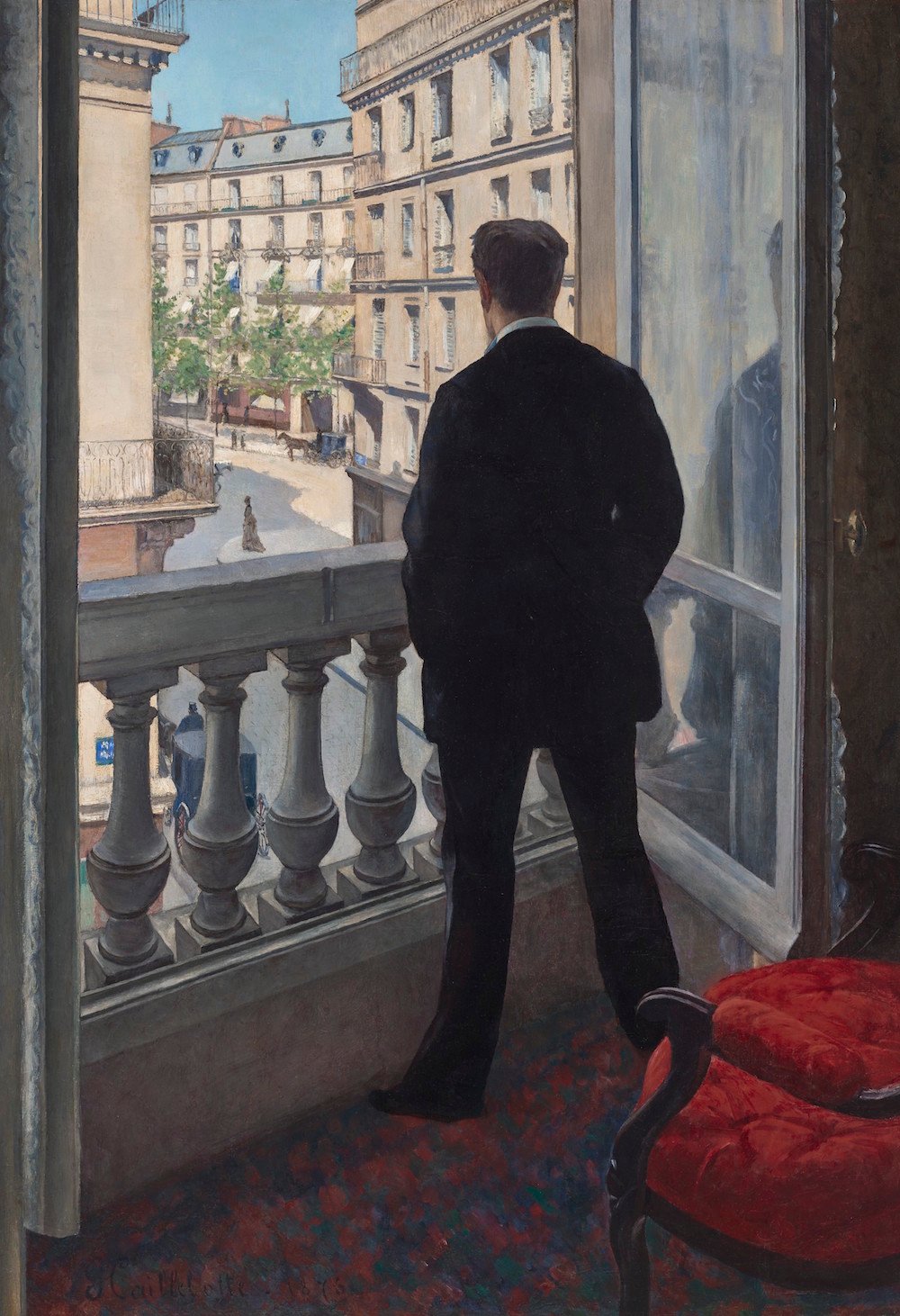
It’s a classic supply-and-demand challenge: Sourcing Impressionist masterpieces for auctions has become an increasingly difficult for executives in the past two decades, as the vast majority of works are already spoken for in great private and museum collections. Meanwhile, the tastes of growing ranks of younger buyers has fueled a boom in contemporary art prices that often well exceed their Impressionist and Modern counterparts.
So it’s safe to say there will be fireworks this fall when Christie’s offers works at auction from the collection of the late Edwin L. Cox, which the house is billing as “the most significant collection of its kind in America.”
The entire event, which will also include a dedicated online sale of decorative arts and furniture in December after an evening art auction in November, is expected to realize $200 million.
Tellingly, the top three works—by Gustave Caillebotte, Paul Cézanne, and Vincent Van Gogh—each come with eight-figure estimates.
Vincent Van Gogh, Cabanes de bois parmi les oliviers et cyprès (1889). Image courtesy Christie’s.
The collection “tells the story of Impressionism and Post-Impressionism at the highest level and encapsulates many of the defining stylistic and thematic characteristics that constitute these seminal movements,” according to a statement from Christie’s.
Works include Caillebotte’s imposing Jeune homme à sa fenêtre, completed in 1876 and featured on the cover of the artist’s catalogue raisonné. It carries an unpublished estimate of above $50 million.
The work depicts the artist’s middle brother, René, gazing out a window from the family’s residence in Paris’s 8th arrondissement, and presents a captivating view of French bourgeois life.
Meanwhile, Van Gogh’s Cabanes de bois parmi les oliviers et cyprès combines the artist’s favorite Provençal motifs with elements of his mature style that emerged at Saint-Rémy, where it was painted in October 1889. The estimate on request for the work is in the region of $40 million.
Finally, Cézanne’s L’Estaque aux toits rouges (circa 1883–85), estimated at $35 million to $55 million, is described as one of the most innovative landscapes of its period, with “carefully cropped and vibrantly colored… cubically constructed houses and plane of blue sea.”
Paul Cezanne, L’Estaque aux toits rouges (circa 1883-1885). Image courtesy Christie’s.
Cox was “a passionate collector only guided by the very best,” said Stephane Connery, a longtime Sotheby’s executive and now art advisor who worked with the Cox family. “His quest for masterpieces of Impressionism started half a century ago and led to the finest collection of its kind left in private hands.”
“This collection truly marries intellectualism with passion,” Christie’s president of Americas Bonnie Brennan said.
The Dallas home of Mr. and Mrs. Edwin L. Cox. Image courtesy Christie’s.
Christie’s is planning a global tour of highlights from the collection for cities including Taipei, Tokyo, Hong Kong, and London, and a pre-auction preview in New York.
Cox, who died last fall at the age of 99, pursued a career in oil and gas exploration and production before founding his own company.
“For more than half a century, the businessman, collector, and philanthropist… stood at the forefront of civic life in Texas and the greater United States,” according to a statement from Christie’s.
He is celebrated as “not only a true visionary in the field of American energy, but as an indispensable benefactor and patron of some of America’s most important cultural institutions.”